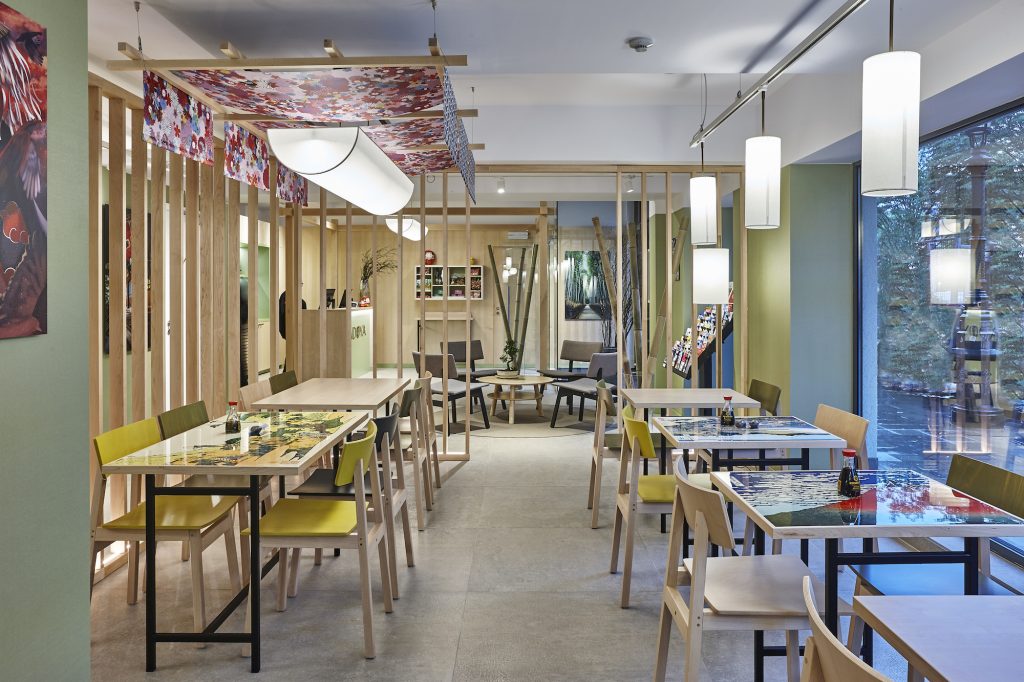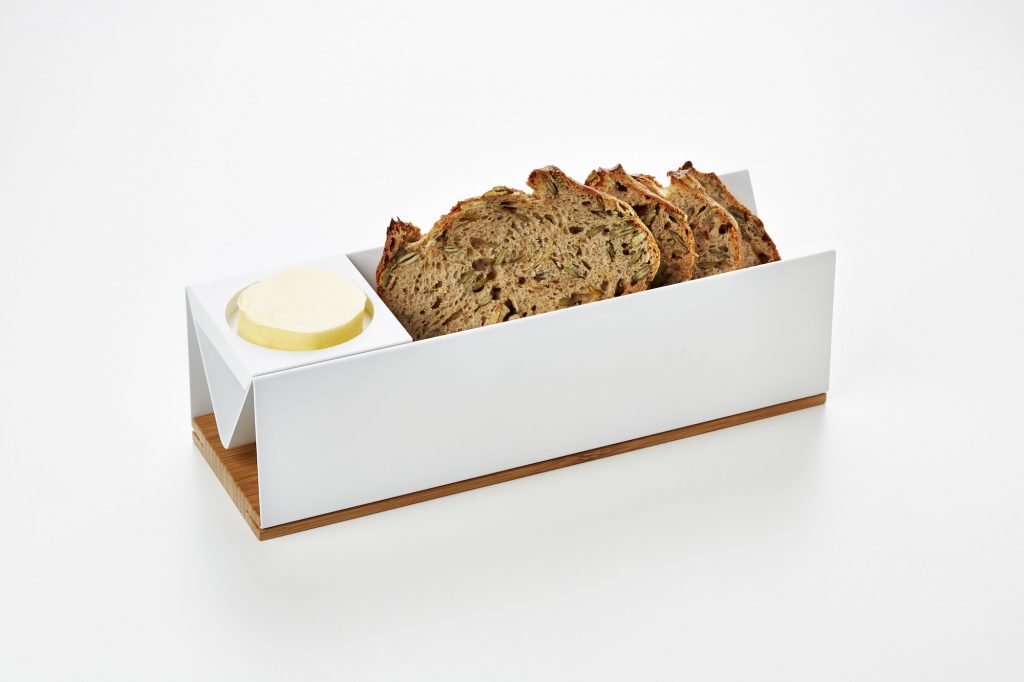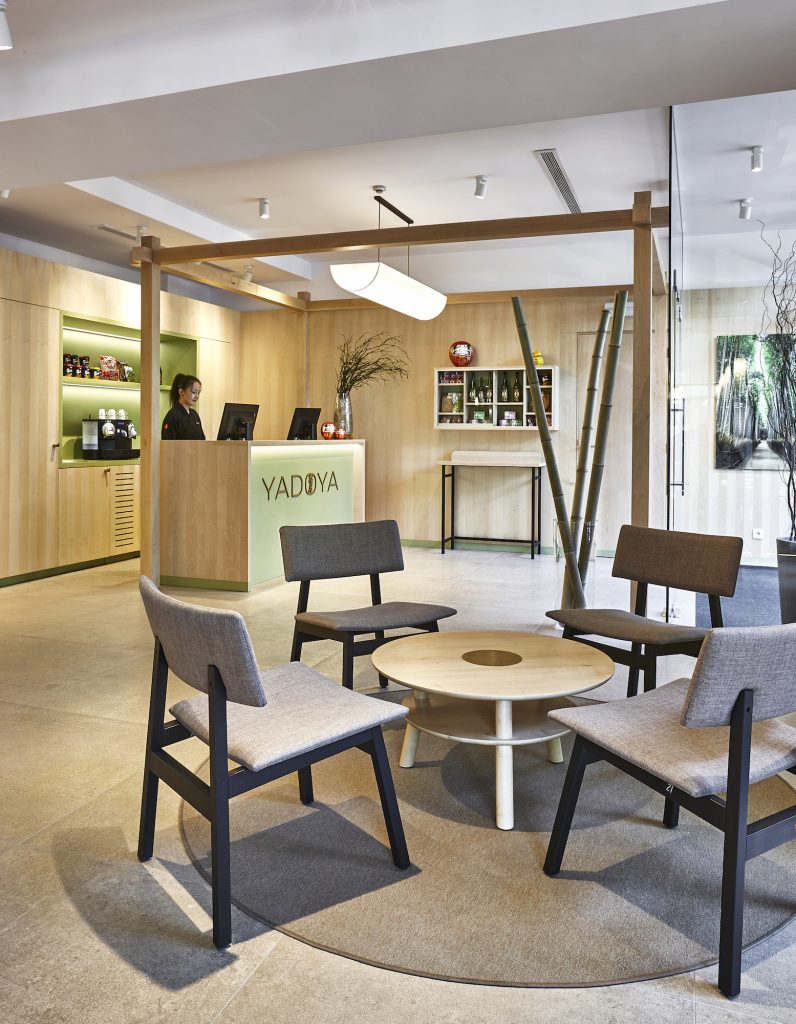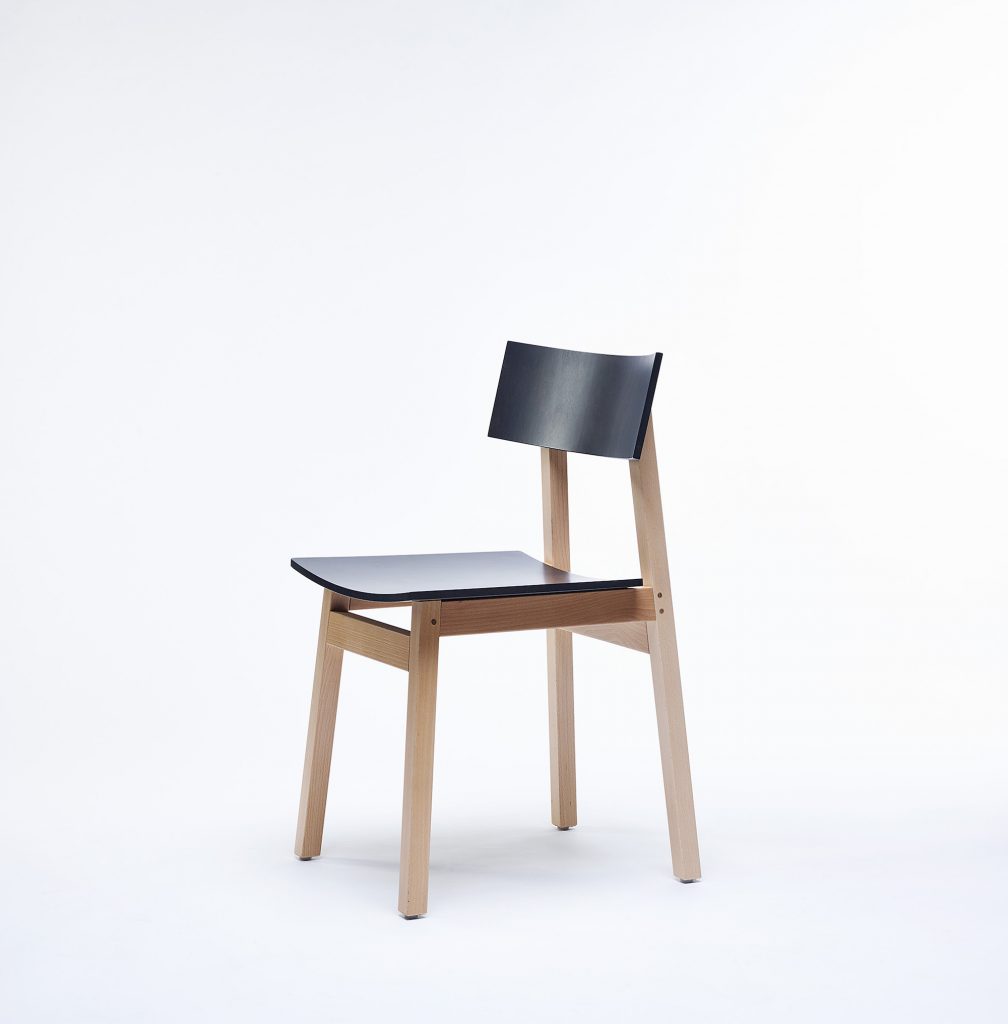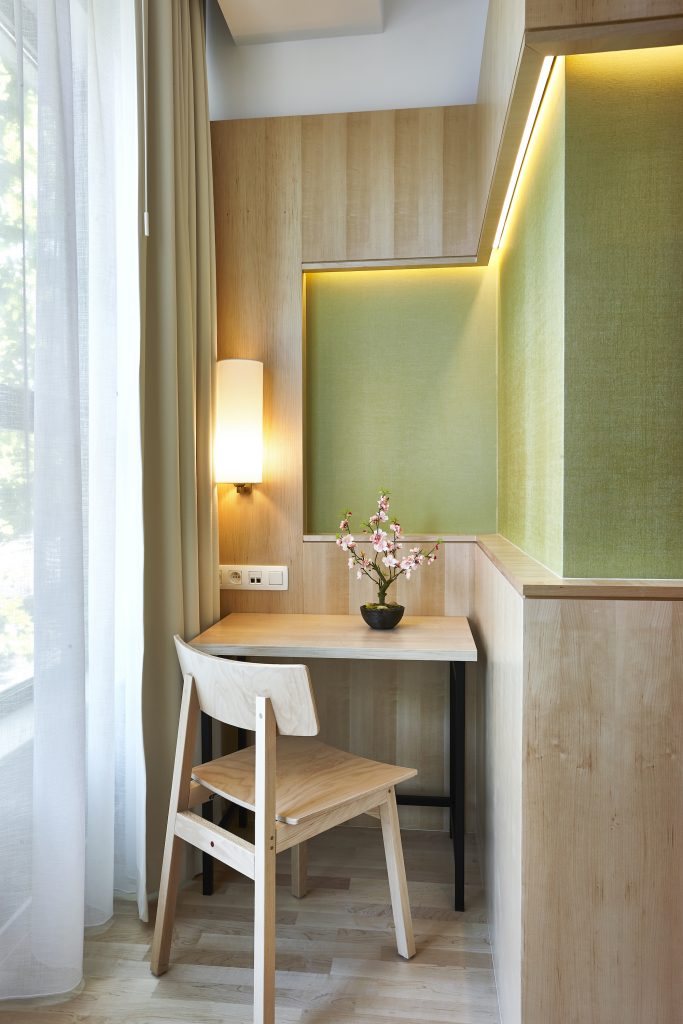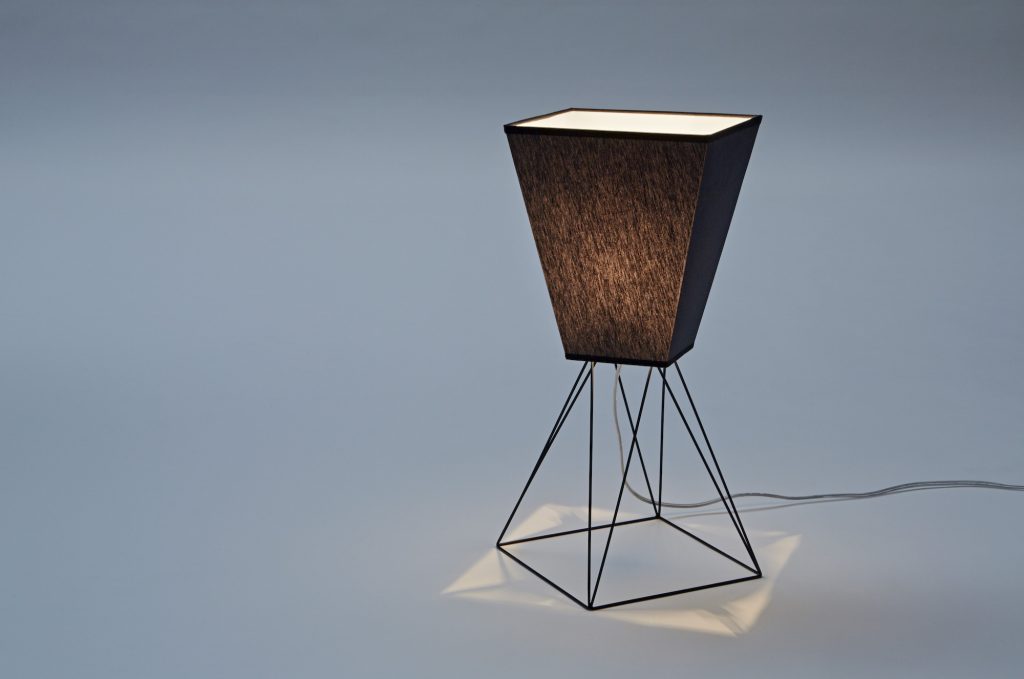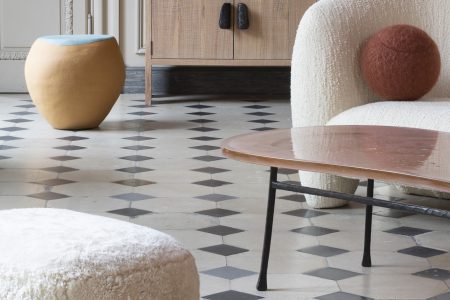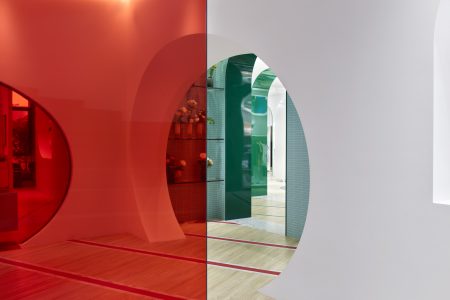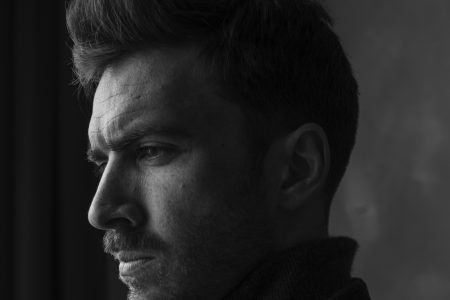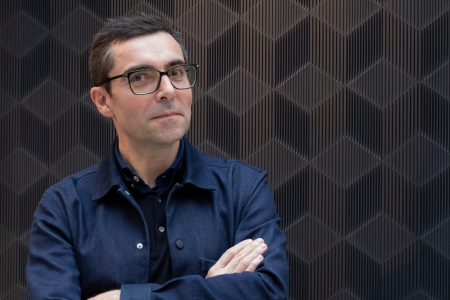Jun Gobron: The Good Life
At 25, this Namibia-born, Belgian-Japanese designer chose to change his career path – making one of the best decisions of his life. Immersed in multiple cultures, but deeply rooted in the dynamics of the Belgian design scene, he embodies ‘Belgitude’ 2.0.
TLmag: What led you to design?
Jun Gobron (JG): After studying economics at the ULB, I worked for three years for multinationals, but I didn’t find my work very fulfilling. I needed to invest in a more creative profession. Ever since I was a child, I’ve been drawing. So at 25, I began studying Interior Architecture and Design at Saint-Luc Brussels. From the start, I felt I had found my place. Before I completed my studies, I got a job in an architectural agency.
TLmag: Have your economics studies influenced the way you perceive your profession of designer?
JG: I got a lot out of economics, and it helps me on a daily level in carrying out my activities. The profession of interior architect or designer is not limited to the creative side … which is actually quite a small part. Once you have the idea, you have to realise it. You become something of a project manager. You are responsible for managing the various stakeholders, making budgets, scheduling, etc.
TLmag: Could you tell us some more about your most recent projects?
JG: We worked on the Yadoya hotel in collaboration with Michel Penneman. It’s a Japanese-inspired boutique hotel (Yadoya means “hostel” in Japanese), in the centre of Brussels. I had a lot of fun designing the interior, the furniture, such as the Yado chair, and even the custom lighting. I had the chance to go quite far with the concept, for example by designing bedside tables in which I integrated a 5-yen coin, which symbolises happiness and kindness.
TLmag: How would you describe your style?
JG: My preference for simple, refined objects is reflected in the “Bread & Butter” butter dish, which interweaves several elements in different materials (bamboo, aluminium, Corian). You can also see it in the trophy that I designed for Visit Brussels: a piece of solid wood, carved and lacquered, which represents the logo of the city of Brussels. But the Hikari lamp, and its lightness, probably best sums up my work.
TLMag: What are you currently working on?
JG: I’m working on the renovation of a 1950s house that belonged to my grandfather. I plan to live there and set up my offices there. I want the place to be like my creations, sober and refined, while keeping the charm of its origins. I also want to renovate the house to pass on to future generations. I’m the father of a little girl, Naomi. She will be the fourth generation to live in this house.
TLMag: You seem quite attached to Brussels. Do you feel you have a certain Belgitude?
JG: I mostly feel Belgian, or rather Bruxellois… even if sometimes people are surprised to see a Japanese man with a Belgian accent. For me, the common thread between Belgian creative talents is their ability to have fun and not take themselves too seriously.
TLMag: For creative professions, the COVID19 crisis is proving to have serious consequences. What is your assessment of the situation?
JG: The crisis is a real shock, not only for creative talents, but for all self-employed people in general. Several of my projects have been postponed or have fallen through, but I keep things in perspective…
TLMag: For you, will there be a “post-crisis”? Do you expect to change the way you work?
JG: Yes, certainly. This crisis must lead us to question the relevance of producing one more table or chair. Before the crisis, I spent a lot of effort on releasing new pieces. Now, I want to slow down the pace of production and devote myself more to what is of value to me: family, friends and even teaching. I currently give lessons at Saint-Luc Brussels.
TLMag: We talk a lot about ecology in the design sector. How can we incorporate it without falling into “green washing”?
JG: For me, ecology is first of all respect for materials and conservation of what already exists. When I start an interior architecture project, I first think about what can be preserved, instead of demolishing everything. I was influenced by my Japanese grandmother who was an architect. She crusaded against waste and looked after all objects, regardless of their value. Making things sustainable by taking care of them: that’s my vision of ecology.
TLMag: What other designer do you feel close to today?
JG: I would say Alain Gilles. We have followed the same route a little. I consider him to be a talented designer but also an engaging person and a bon vivant.
Cover Photo: Jun Gobron by studio Fiftyfifty
